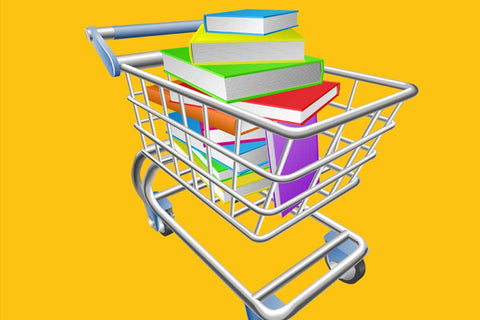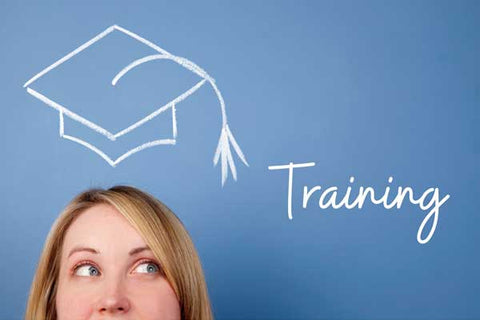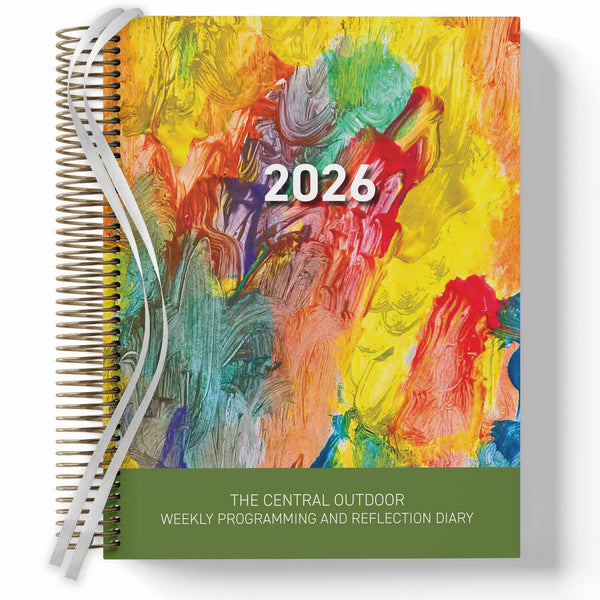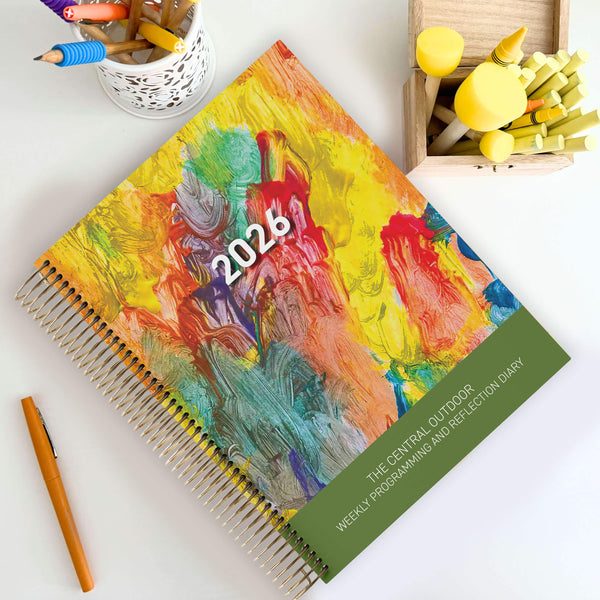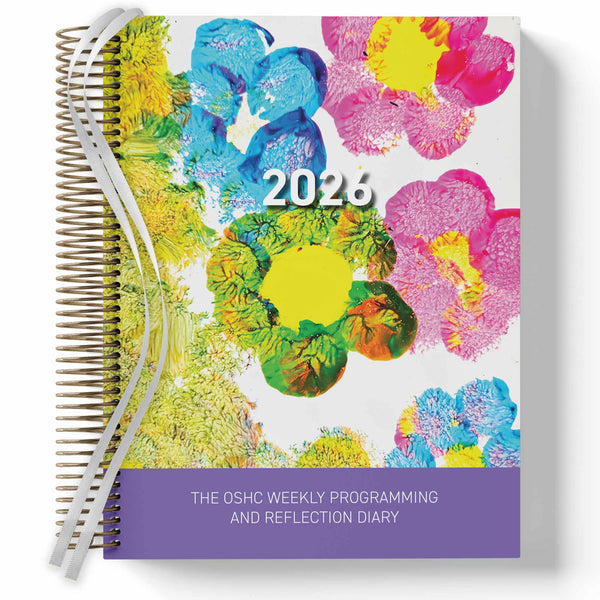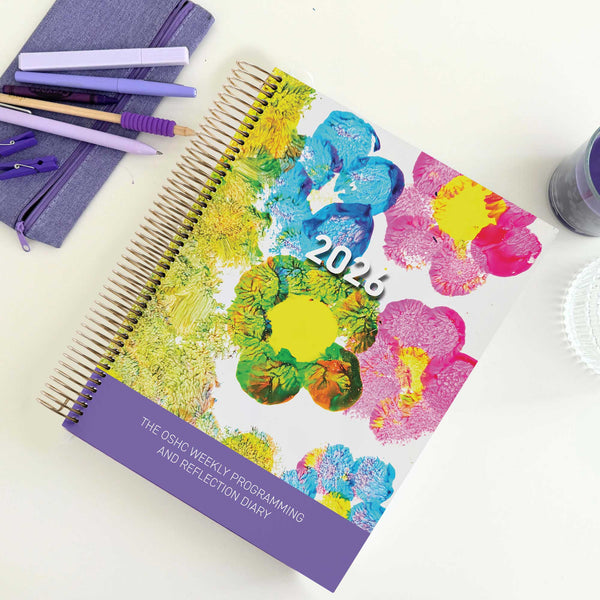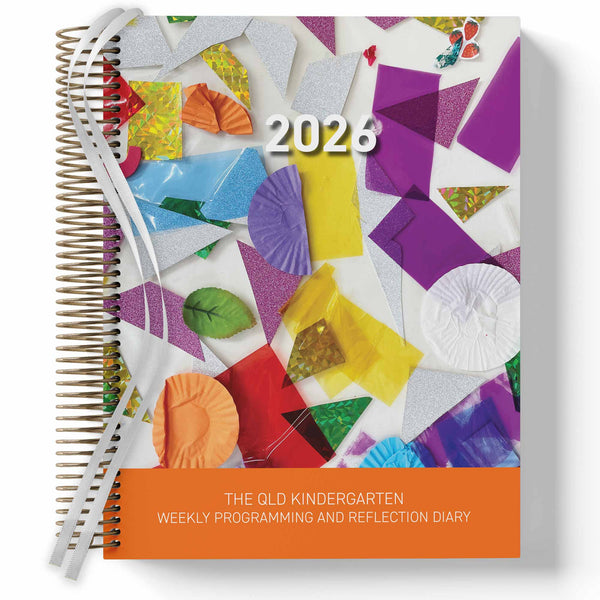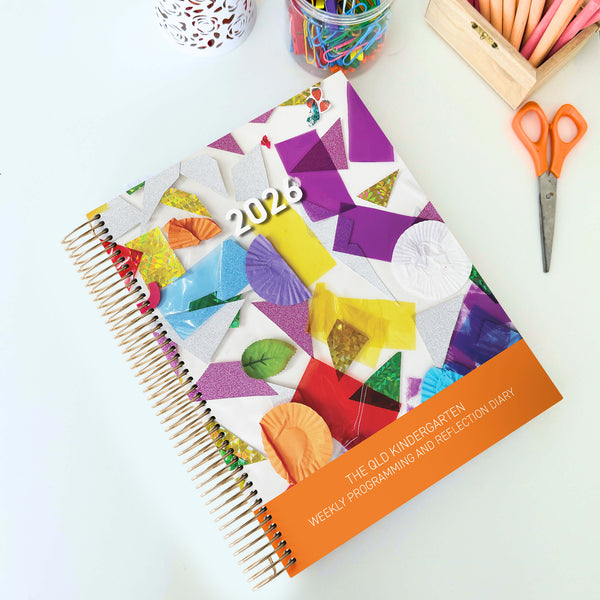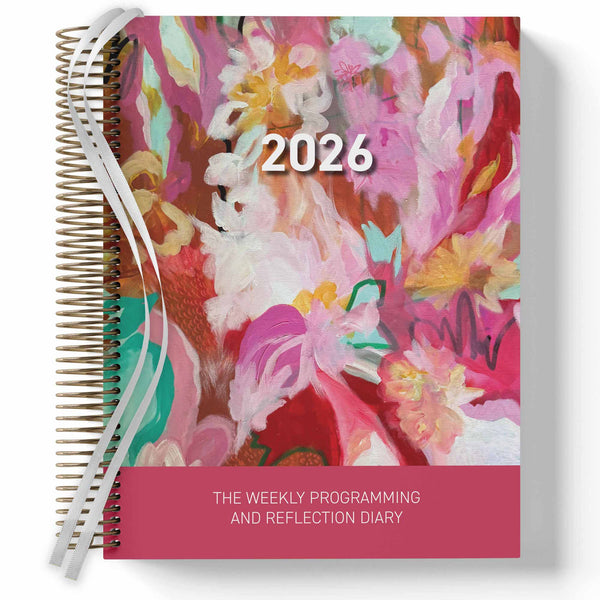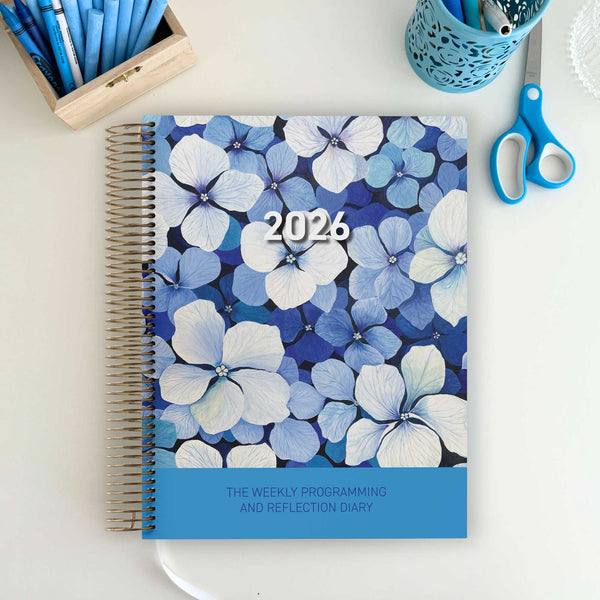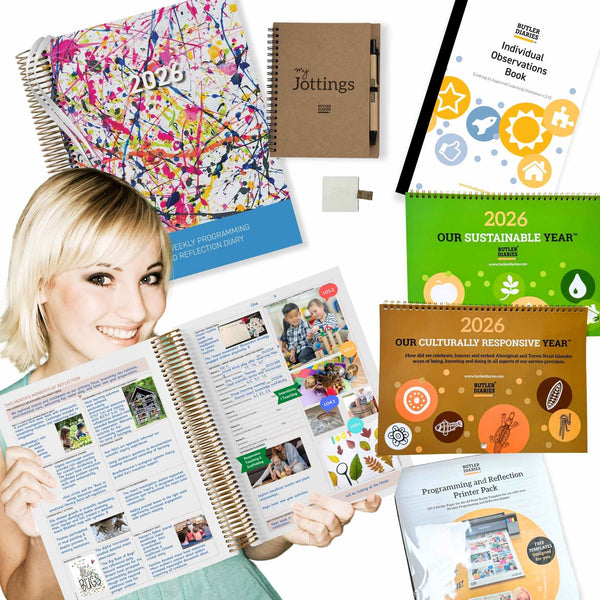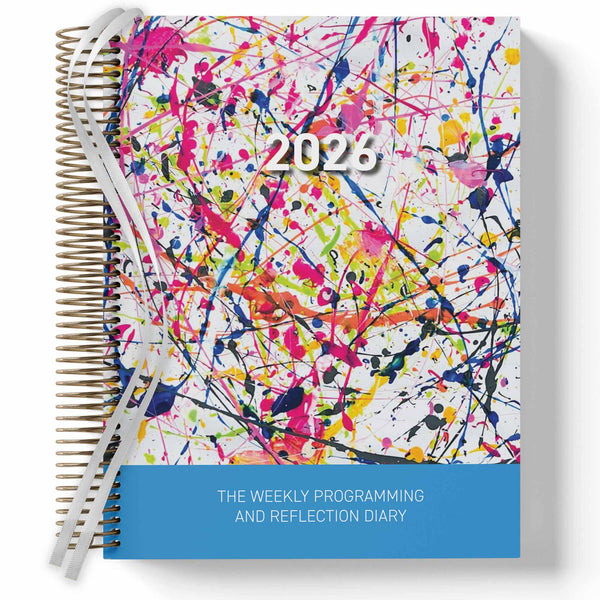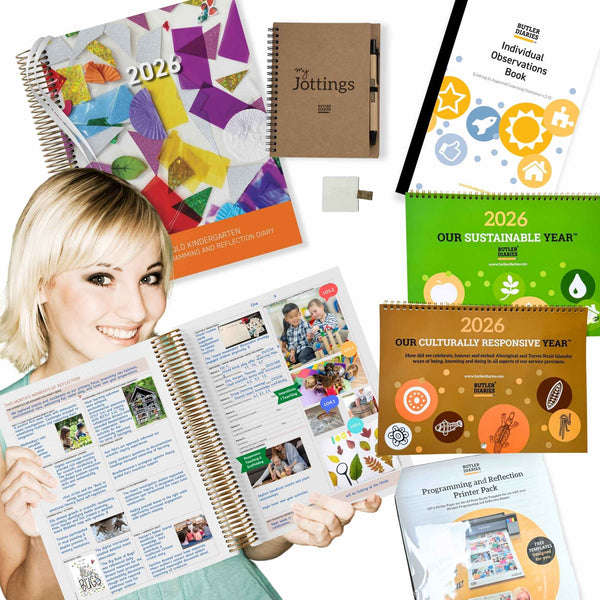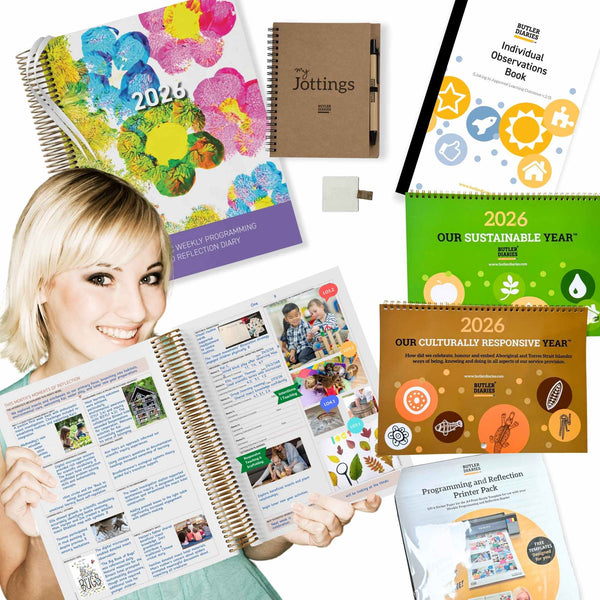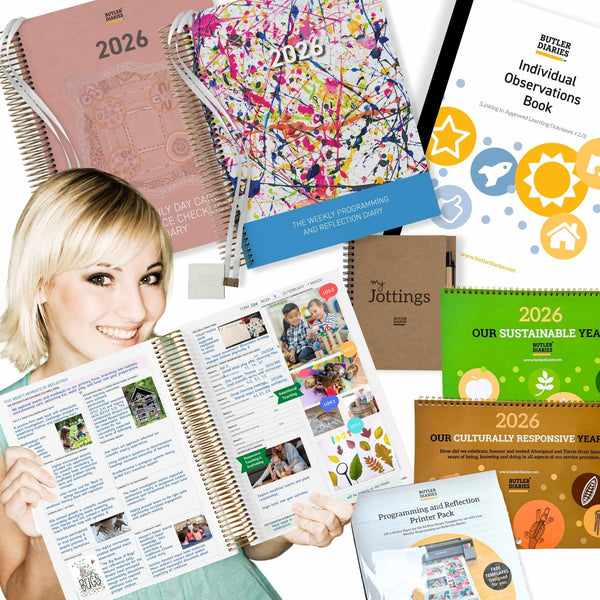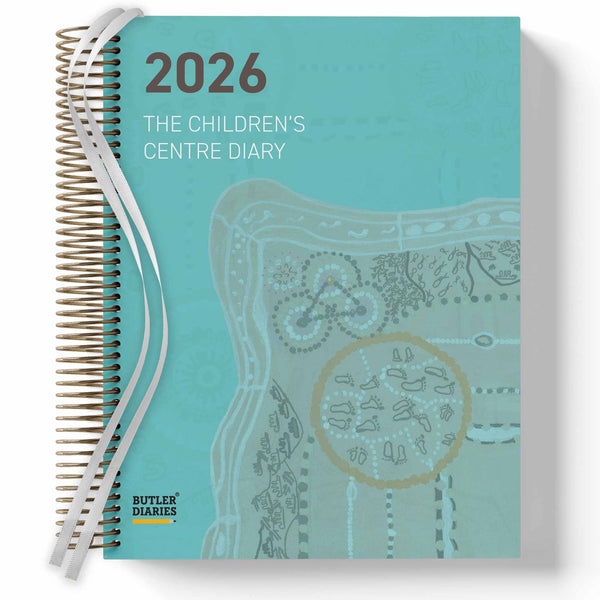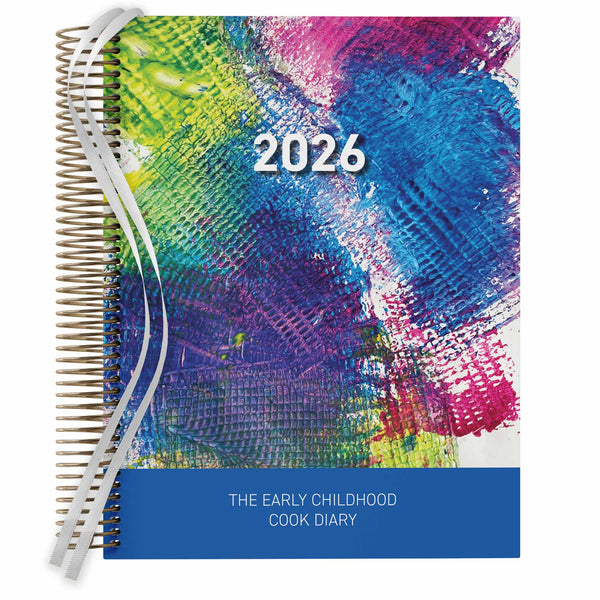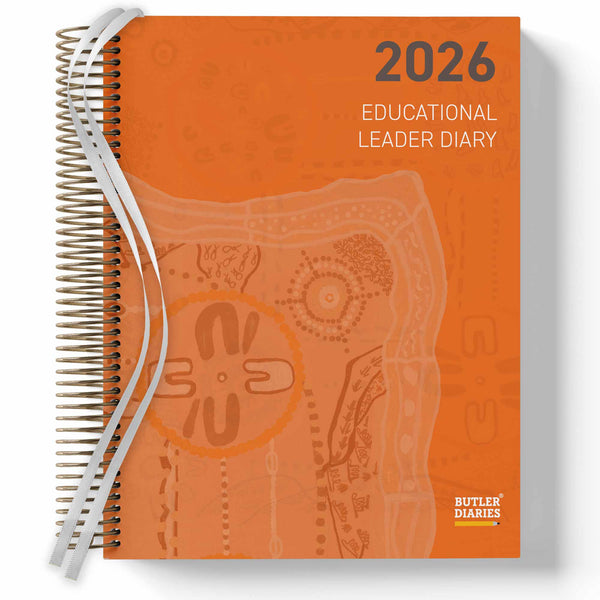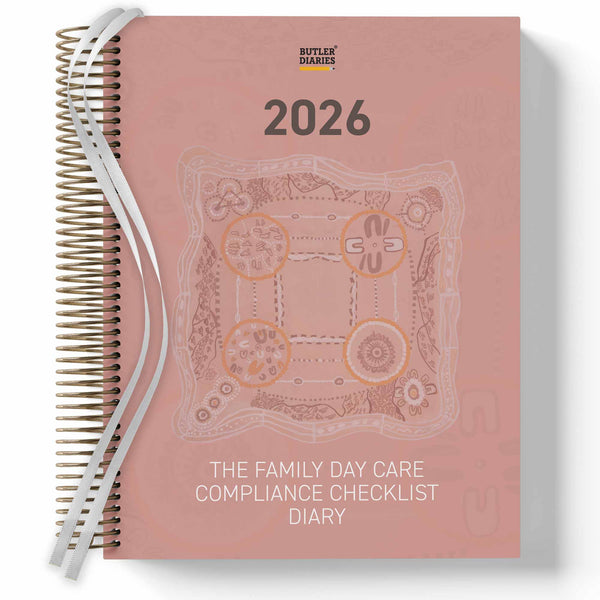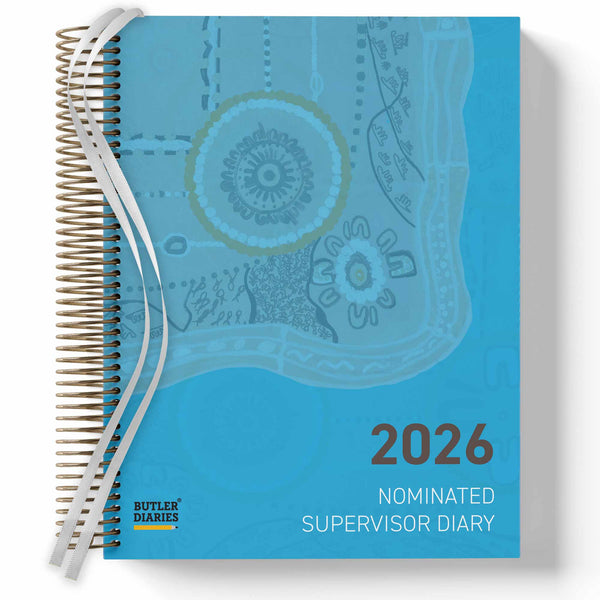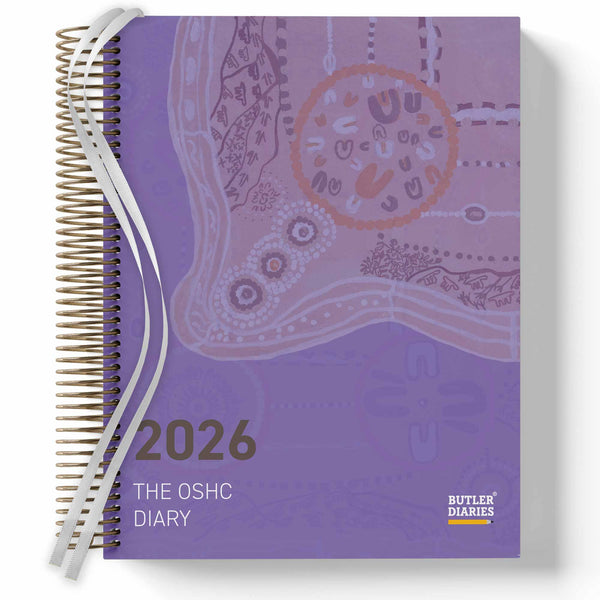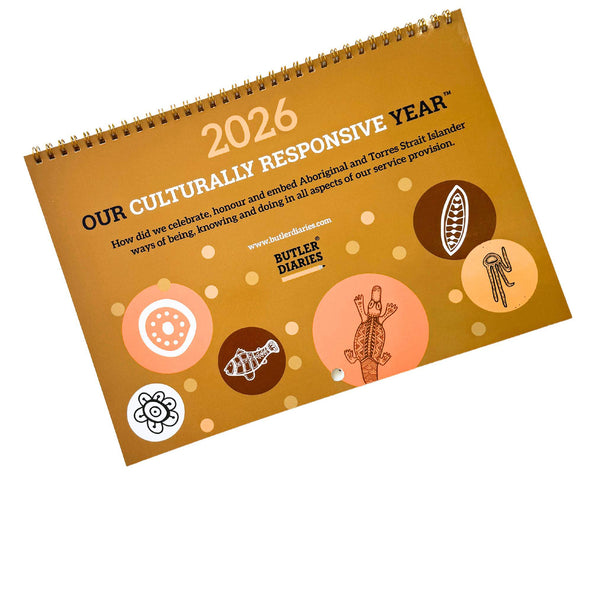Effective programming in Early Childhood Education and Care (ECEC) is essential for ensuring quality learning experiences and meeting the diverse needs of children. With the introduction of EYLF v.2.0, educators are increasingly seeking structured yet flexible programming methods that support documentation, critical reflection, and compliance. Here, we count down the top five programming methods, culminating in the best solution for early childhood professionals.
5. Webbing
Webbing is a visual approach that allows educators to plan around children's interests and emerging ideas. It provides a flexible framework where themes or topics branch out into various learning experiences. This method supports child-led learning and spontaneous engagement, making it an ideal tool for educators who want to build dynamic, responsive programs.
Why It Works:
-
Encourages child-initiated learning
-
Offers a clear, visual representation of ideas
-
Supports connections between different areas of learning
4. Learning Stories
Why It Works:
-
Provides rich documentation of children's learning
-
Engages families in the learning process
-
Encourages critical reflection among educators
3. Project-Based Programming
Why It Works:
-
Encourages in-depth exploration and inquiry
-
Aligns with EYLF v.2.0 principles of play-based learning
-
Enhances collaboration among children and educators
2. Emergent Programming
-
Fully child-centred and flexible
-
Supports real-time documentation and reflection
-
Aligns with the EYLF’s emphasis on holistic development
1. Butler Diaries Weekly Programming and Reflection Diary
This diary is designed specifically for educators, making it the best choice for maintaining high-quality programming and reflections. It provides a clear, organised layout for weekly plans while ensuring critical reflection and compliance with EYLF v.2.0.
Why It’s the Best:
-
Structured yet flexible – Offers a clear framework for weekly programming while allowing room for spontaneous learning opportunities
-
Time-saving – Reduces admin workload, giving educators more time to focus on meaningful interactions
-
EYLF v.2.0 aligned – Supports compliance with the latest framework updates
-
Encourages critical reflection – Built-in sections prompt educators to reflect on experiences and outcomes and help show the cycle of planning
-
Supports assessment and rating preparation – Helps educators stay organised and showcase their programming in a professional, easy-to-review format
Educators using the Butler Diaries Weekly Programming and Reflection Diary have reported greater confidence in their documentation and a more streamlined approach to planning and reflection. It is the go-to resource for professionals who want to enhance their programming and ensure high-quality educational experiences for children.
For educators seeking to improve their programming while maintaining compliance and efficiency, investing in the right resources—like the Butler Diaries Weekly Programming and Reflection Diary—is a game-changer.
Check out this article for frequently asked questions on this programming method.
What programming method do you use in your early learning environment?
